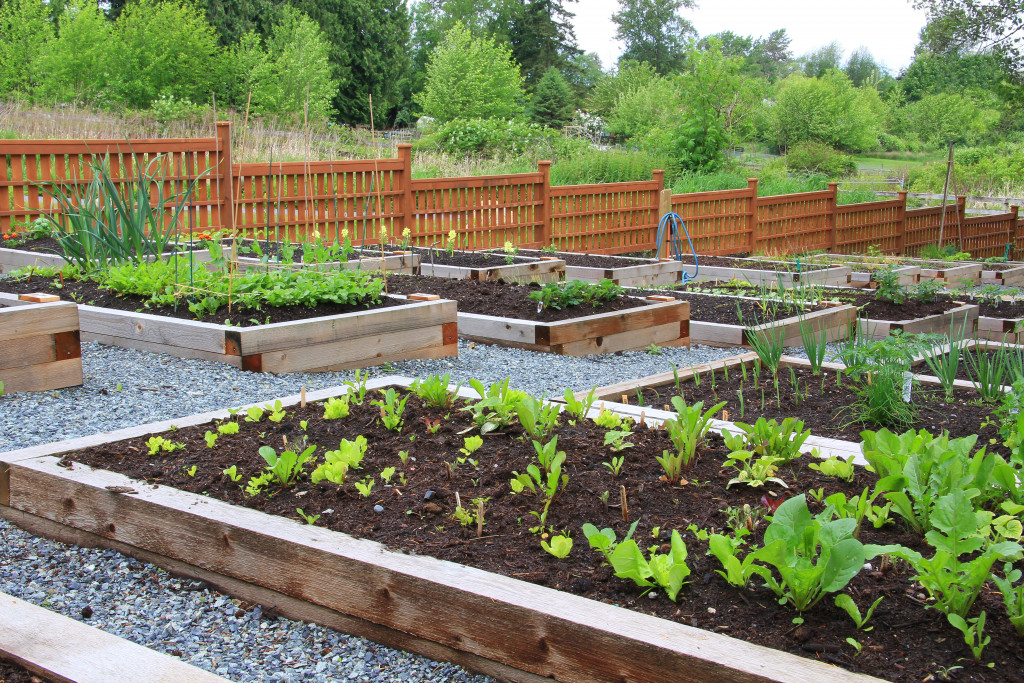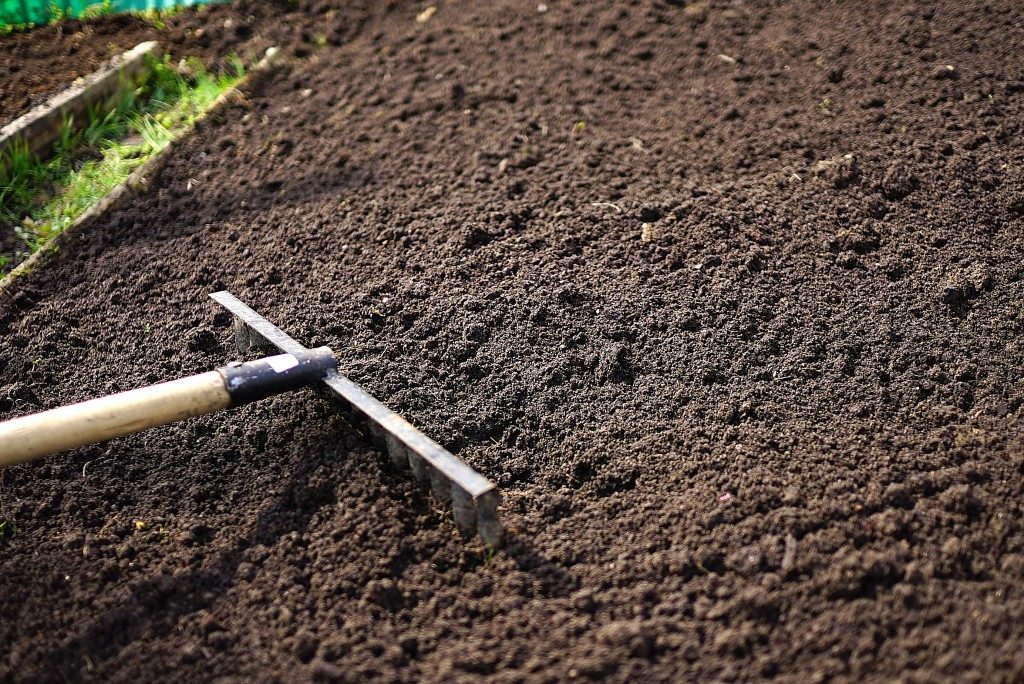When the pandemic hit, Americans turned to gardens for their mental and physical health. According to Statista, over 31 million households in the U.S. participated in lawn and garden activities in 2019.
And it’s not just a fad. The NGA predicts that the number of people gardening will continue to rise in 2021. Whether you’re a seasoned green thumb or a beginner, there are many benefits to getting your hands dirty in the garden.
One of the growing problems of gardeners now is the insufficient space for their growing plants. However, worry no more. Verticality is key if you want more space for your garden. Here are four ways to set up a vertical garden in your home:
Set Up a Decent Gate
If you hadn’t set up a gate for your garden, now’s the time to do it. By setting up a gate, you can convert a small outdoor space into an extra-large one that can accommodate all your plants. A Trex composite gate is one of your best options for this. It’s sturdy, reliable, and doesn’t require much maintenance. Furthermore, you can grow some plants on it, too, like small vines or herbs.
A gate can ensure your plants are safe from all sorts of pests. Additionally, it can also protect your plants from harsh weather.

Choose Low Maintenance Plants
The next step is to choose low-maintenance plants. You don’t want to spend all your time taking care of your plants, so it’s best to choose ones that are easy to take care of. Some examples of low-maintenance plants are succulents, cacti, and air plants. These plants don’t require much water or fertilizer and can thrive in sunny and shady areas. Here are some great plants you can plant in your vertical garden without spending too much time tending to them:
- Aloe vera: Aloe vera is a succulent that’s very easy to take care of. It grows best in bright, sunny areas but can also tolerate shady areas.
- Snake plant: Snake plants are also known as mother-in-law’s tongue. They’re perfect for beginners because they’re easy to take care of. In addition, snake plants can grow in both sunny and shady areas.
- ZZ plant: ZZ plants are perfect for those who forget to water them. They can go weeks without being watered and still look healthy. They grow best in shady areas.
- Pothos: Pothos is one of the most popular houseplants. They’re easy to take care of and can grow in sunny and shady areas.
- Philodendron: Philodendrons are perfect for beginner gardeners. They’re easy to take care of and can tolerate sunny and shady areas.
You can use mason jars to grow some of these plants. They are a great way to personalize your space and add some character. In addition, you can use them to grow small plants or herbs.
Hang a Basket
Now that you’ve set up a gate and chosen your plants, it’s time to set up a vertical garden. One of the essentials is a hanging basket. Hanging baskets are a great way to save space and add color to your garden. In addition, you can use them to grow various plants, from vines to flowers.
You can make your hanging baskets or buy them at your local garden center. If you’re making your own, use a sturdy material that won’t rot quickly. Some suitable materials for hanging baskets are coir, jute, and seagrass.
You can use a watering can or a hose with a spray nozzle attachment to water your plants. First, water the plants until the water runs out of the bottom of the basket.
Fertilize regularly to ensure your plants are getting the nutrients they need. You can use a liquid fertilizer or slow-release pellets.
Build a Greenhouse
You can consider building a greenhouse if you want more space for your plants and your vertical garden. Greenhouses are great for growing vegetables, fruits, and flowers. They can also extend your growing season.
You can buy a greenhouse kit or build one yourself. If you’re building your own, use materials that are easy to work with and will last long. Some good options for greenhouse materials are wood, aluminum, and PVC pipe.
You’ll need to ventilate your greenhouse to prevent the plants from getting too hot. You can do this by opening the windows or doors. You can also install a fan to circulate the air.
Water your plants regularly, especially during hot weather. Use a hose with a spray nozzle attachment to evenly water your plants.
These are great ways to set up a vertical garden in your home. Consider these options if you want to save space and add some character to your garden.


